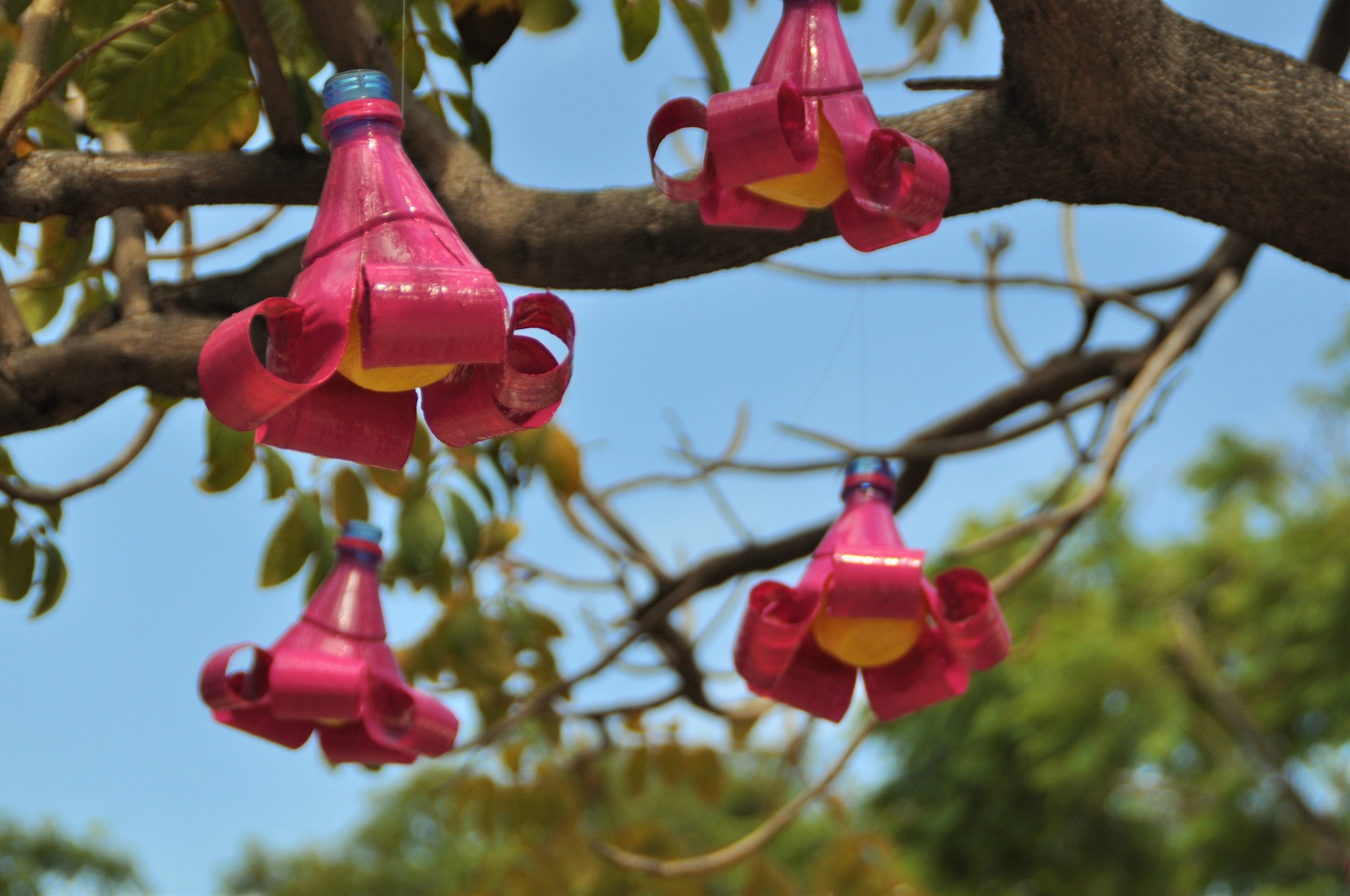Crafting Garden Fountains from Repurposed Items: A Creative Guide
Transforming old items into beautiful garden fountains is a rewarding and eco-friendly project. In this guide, we'll explore how to construct stunning water features using repurposed materials, providing both aesthetic appeal and sustainability. Using repurposed items to construct garden fountains not only benefits the environment by reducing waste but also adds a unique charm to your outdoor space. Repurposing materials such as old pots, barrels, or even teapots can lead to innovative designs that reflect personal style while conserving resources.
Why Choose Repurposed Items for Garden Fountains?
Using repurposed materials for garden fountains provides numerous advantages beyond environmental benefits. These materials often possess character and patina that new items lack, creating fountains with authentic charm and historical appeal. Repurposed items typically cost significantly less than purchasing new fountain components, making this approach budget-friendly for homeowners seeking elegant water features without premium prices.
Additionally, repurposing encourages creative problem-solving and allows for completely customized designs. Unlike mass-produced fountains, repurposed creations become conversation pieces that tell stories and reflect individual creativity. The weathered textures and unique shapes of older materials often complement garden settings more naturally than manufactured alternatives.
Essential Materials and Tools
Successfully crafting repurposed garden fountains requires specific materials and tools to ensure proper functionality and longevity. The primary container serves as your fountain’s foundation, whether it’s a large ceramic pot, wooden barrel, metal basin, or stone vessel. Choose containers that can hold water without significant leaking, though minor imperfections can often be sealed.
Essential components include a submersible water pump rated for your fountain’s size, flexible tubing to circulate water, and electrical components rated for outdoor use. Waterproof sealants, marine-grade adhesives, and rust-resistant hardware ensure durability. Basic tools needed include drills with various bit sizes, measuring tools, wire strippers, and safety equipment like gloves and eye protection.
Step-by-Step Construction Guide
Begin your fountain construction by thoroughly cleaning and inspecting your repurposed container for cracks or damage that might affect water retention. Seal any problematic areas using appropriate waterproof materials, allowing adequate curing time before proceeding.
Next, plan your water circulation system by determining pump placement and water flow patterns. Drill necessary holes for tubing and electrical connections, ensuring all openings accommodate your components properly. Install the submersible pump at the container’s lowest point, connecting tubing that will carry water to your desired outlet points.
Create the water outlet by positioning tubing where you want water to emerge, securing it with appropriate fasteners or weights. Test the system thoroughly before final assembly, checking for leaks, proper water flow, and electrical safety. Make adjustments as needed to achieve your desired aesthetic and functional results.
Creative Design Ideas
Repurposed fountain designs offer endless creative possibilities limited only by imagination and available materials. Vintage teapots and kettles create charming small-scale fountains perfect for intimate garden corners or patio tables. Large ceramic or clay pots can be stacked in graduated sizes to create tiered water features with cascading effects.
Old wooden barrels make excellent rustic fountains, especially when combined with copper tubing for water delivery, creating appealing contrasts between materials and textures. Metal containers like galvanized tubs or copper vessels develop beautiful patinas over time, enhancing their visual appeal. Consider incorporating additional repurposed elements like old faucets as water spouts or decorative stones and tiles for accent details.
Fountain Design Costs and Material Options
Creating repurposed garden fountains typically costs 60-80% less than purchasing comparable manufactured units. Basic DIY projects using simple containers and standard pumps range from $30-75, while more elaborate designs incorporating multiple repurposed elements may cost $100-200. These estimates compare favorably to retail fountains ranging from $150-800 for similar sizes and complexity.
| Fountain Type | Material Cost | Pump Cost | Total Estimate |
|---|---|---|---|
| Small Container Fountain | $10-25 | $20-40 | $30-65 |
| Medium Tiered Design | $25-50 | $30-60 | $55-110 |
| Large Barrel Fountain | $40-80 | $50-90 | $90-170 |
Prices, rates, or cost estimates mentioned in this article are based on the latest available information but may change over time. Independent research is advised before making financial decisions.
Maintenance Tips for Longevity
Proper maintenance ensures your repurposed fountain operates reliably for years while preserving its aesthetic appeal. Regular cleaning prevents algae buildup and maintains water clarity, requiring weekly attention during active seasons. Remove debris like leaves and dirt that can clog pumps or create unsightly accumulations.
Winter preparation in freezing climates involves draining water completely and storing pumps indoors to prevent freeze damage. Inspect and clean pump components seasonally, replacing filters and checking electrical connections for safety and efficiency. Apply appropriate protective treatments to materials like wood or metal that may deteriorate from constant water exposure.
Monitor water levels regularly, especially during hot weather when evaporation increases significantly. Check for developing leaks or structural issues that might worsen over time, addressing problems promptly to prevent more extensive damage.
Repurposed garden fountains represent perfect combinations of creativity, sustainability, and functionality that enhance outdoor spaces while reducing environmental impact. These unique water features provide peaceful sounds and visual interest while demonstrating resourceful approaches to garden design. With proper planning, construction, and maintenance, repurposed fountains offer years of enjoyment while showcasing individual creativity and environmental consciousness through practical application of sustainable design principles.





